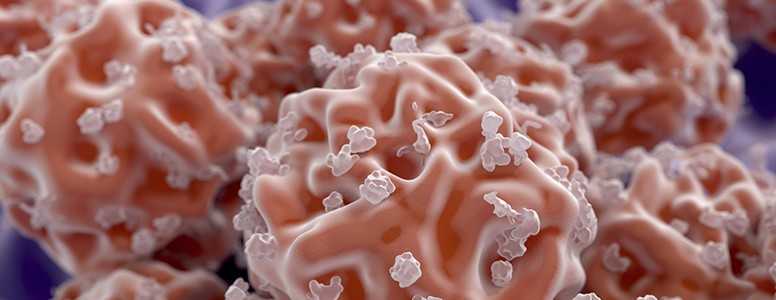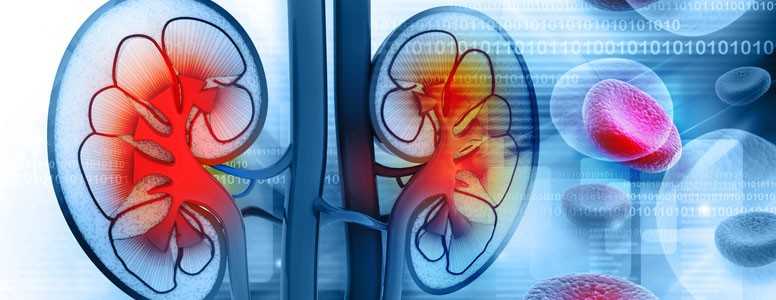A young Aussie researcher is using stem cells that emit a light signal in order to track their fate in real time once injected in the body.
Richard Ta, a PhD student from the Heart Research Institute, in Sydney, has developed these so called “bioluminescent” stem cells as a non-invasive way to give scientists immediate feedback on whether organ tissue regeneration is actually working.
In type 1 diabetes, stem cell-based therapies hold promise to regenerate cells of the pancreas. The goal is to have the stem cells transform into insulin-producing cells.
Stem cell therapies can fail if the stem cells don’t make it to the site of damaged tissue or if they die prematurely.
Also, the artificial tracking methods that scientists currently use to track where stem cells go are ineffective. They either impair the normal function of stem cells or remain in the body long after a stem cell had died, which can be misleading.
Tan had the idea of injecting the bioluminescent stem cells into the patient alongside materials, known as biomaterial scaffolds, that ensure proper adhesion of stem cells to damaged tissue.
The activity and localisation of the stem cells can then be traced in the body from their emission of light through a chemical reaction.
The journey of the glowing cells reveals whether they were able to survive in the damaged tissue.
It can also give insights as to how different stem cells responds to different scaffold materials and therefore inform future, more advanced therapies.
The new technique, presented at the last Tissue Engineering and Regenerative Medicine International Society meeting, may boost the success rates of regenerative therapies aimed at treating type 1 diabetes, heart failure, heart disease, and Parkinson’s.
The findings will soon be published in the journal Acta Biomaterialia and owed Tan a nomination for a student prize at the Cardiac Society of Australia and New Zealand.
What's new on the forum? ⭐️
Get our free newsletters
Stay up to date with the latest news, research and breakthroughs.




